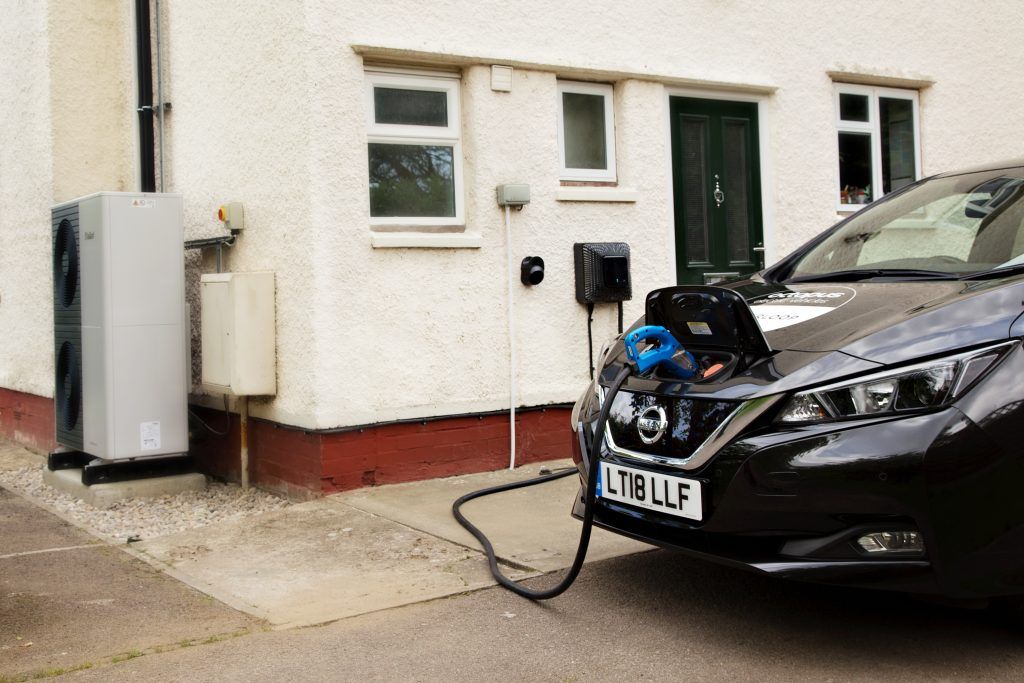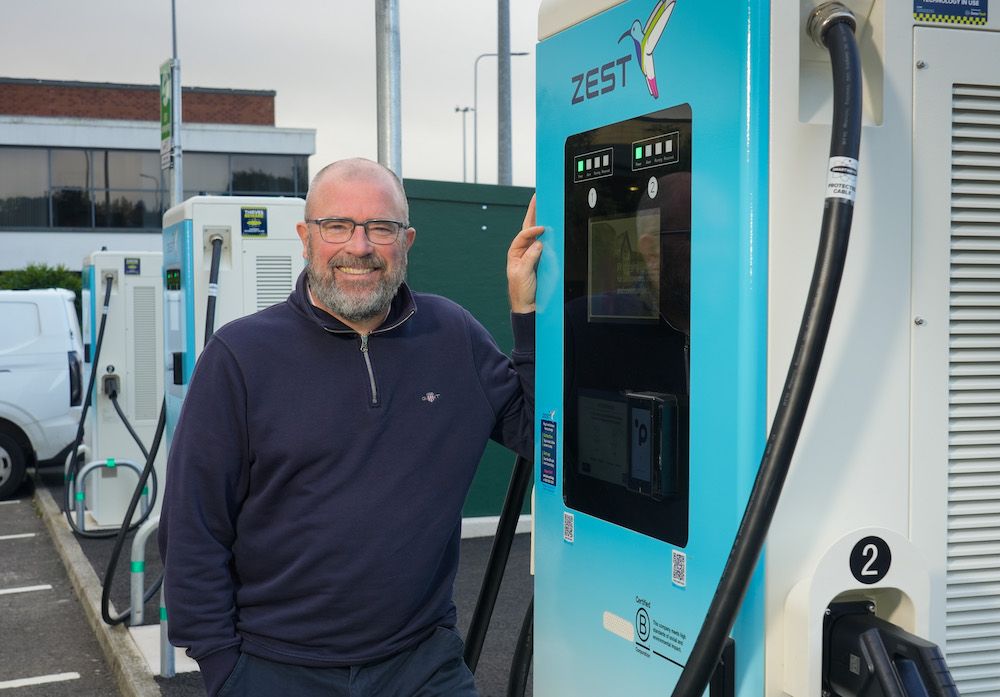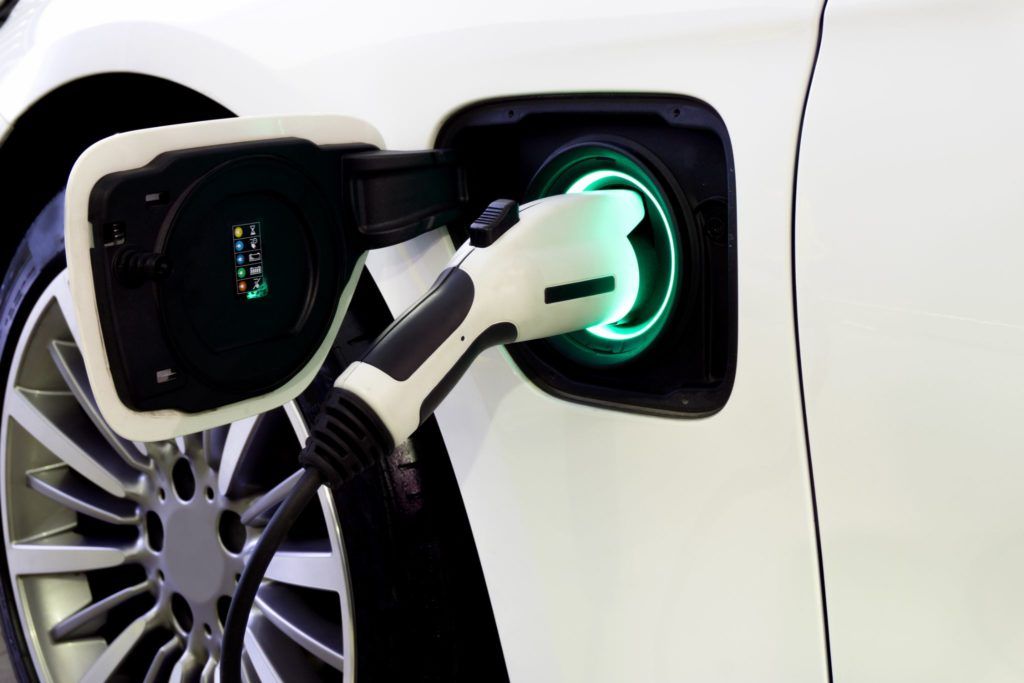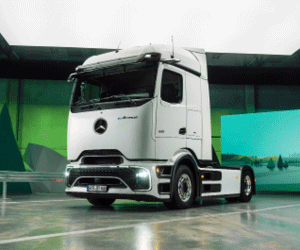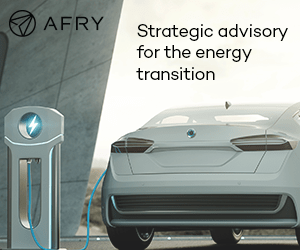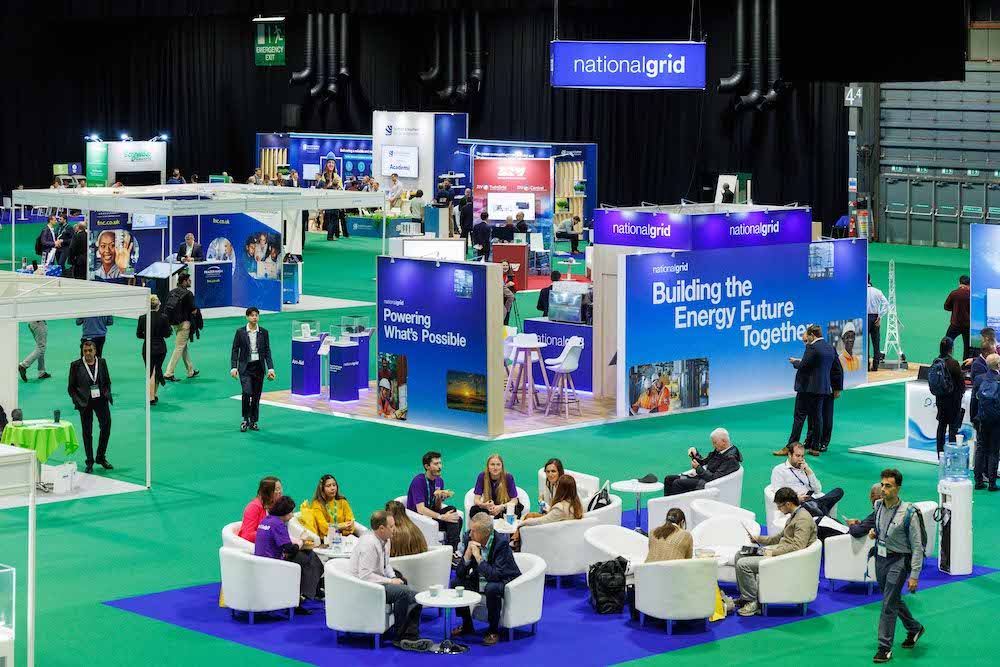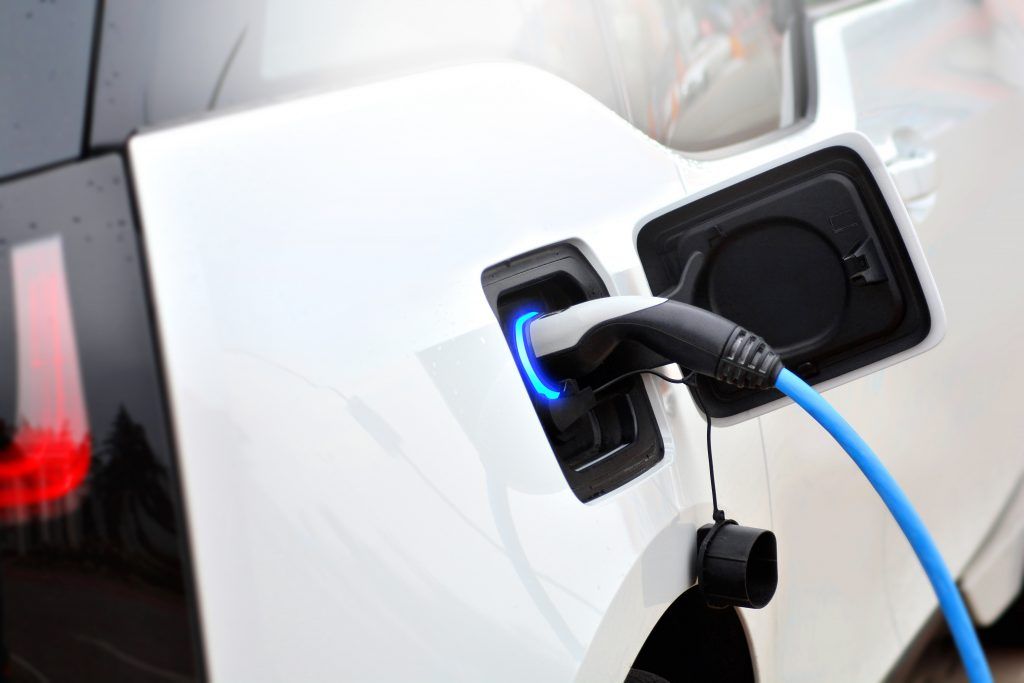Powerloop, a V2G project from from Octopus Electric Vehicles, is preparing to enter the first EVs into the Balancing Mechanism of the National Grid ESO, taking a huge step forward in proving the value of the technology at scale.
With the transition to electric vehicles (EVs), there will be batteries on driveways across the UK, capable of storing renewable energy for when our grid needs it most. Vehicle-to-Grid (V2G) tech allows Octopus to do just that, and with just 10m EVs discharging at the same time, the company says it could match the UK’s peak daily electricity demand.
Originally launched in 2018, Powerloop is a V2G consortium project run by Octopus Electric Vehicles and Octopus Energy in partnership with UK Power Networks (UKPN), Energy Saving Trust, Open Energi, CPS, and Guidehouse.
Powerloop is funded by the Department for Business, Energy and Industrial Strategy (BEIS) and the Office for Zero Emission Vehicles (OZEV), with Innovate UK acting as delivery partner.
The project, taking place in the operating area of UKPN, combines the Nissan LEAF with the Wallbox Quasar V2G charger to allow electric vehicle (EV) drivers to export their car’s battery power back to the grid, gathering real world data to help show how V2G can be a valuable asset to the UK’s energy network.
Powerloop has enabled over 130 electric vehicle (EV) owners to be both the generator and the consumer of energy, using bi-directional charging technology to allow them to charge and discharge their Nissan LEAF. If they do it enough times every month, they even make money back for it. This means that the car’s battery becomes a mobile energy asset that can transfer energy back to the grid during times of peak demand.
Fiona Howarth, CEO of Octopus Electric Vehicles, said: “To reach our Net Zero targets we need a smart energy system – where we store energy when the wind blows and sun shines, to use it when we want. The rise of electric cars not just cleans up our roads, but also provides a huge amount of battery storage – with cars typically parked up for 90% of the time.
“Vehicle-to-Grid tech allows us to store the green energy in our cars for when we need it most – and the Octopus Powerloop trial is a market leading demonstration of doing this with real drivers using cars on their driveways to power the grid. To do this at scale, EVs will participate in the largest energy flex marketplace – the Balancing Mechanism. It is hugely exciting that we are forging that path here in the UK – setting the bar for a globally smarter energy system. We’re delighted to be collaborating with National Grid ESO to deliver such a vital project, backed by BEIS, OZEV, and Innovate UK.”
The consortium has been collaborating with National Grid ESO to set the foundations to enable Powerloop to enter the Balancing Mechanism in the coming months, simulating qualifying and participating via existing routes to market, with the objective of allowing domestic EV drivers to benefit from actively helping to balance the grid.
The Balancing Mechanism is the largest flexibility marketplace in the UK, in terms of traded value and volume, and the primary tool for the System Operator to solve multiple grid issues in real time. National Grid ESO has not applied the existing thresholds for participation to facilitate this trial to gain valuable insights ahead of actual participation. This is one of the first times a smaller, non-traditional energy resource has worked to prepare to enter this market, and Powerloop is the first V2G trial to do so.
The aim of this project expansion is to test the current system to see if it facilitates easy participation of energy resources many orders of magnitude smaller than current players. While the current Balancing Mechanism is dominated by gas-powered CCGTs, this V2G project shows great potential to help solve balancing issues such as managing wind forecast error or interconnector trips, as well as delivering benefits to local networks.
Isabelle Haigh, Head of National Control for National Grid ESO, said: “Electric vehicles are playing a key role in helping the transport and power sectors decarbonise, with EV smart charging and vehicle-to-grid technology set to bring significant flexibility to the grid as Britain transitions to net zero.
“Our Future Energy Scenarios forecasts up to 45% of households engaging with V2G services by 2050, potentially unlocking significant additional capacity on consumers’ driveways.
“We’re excited to be a part of a project that is blazing a trail for EVs to fulfil this potential and actively participate in the Balancing Mechanism. Powerloop is a great opportunity to understand how small scale flexibility opportunities can help us balance the grid, and is another example of the benefits of widening participation to new players in the market.”
Alex Schoch, Head of Flexibility at Octopus Energy Group, added: “We are so excited to be one of the first small scale energy resources to lay the foundations to participate in the Balancing Mechanism. Our Powerloop project has gone from strength to strength as our customers have got stuck in becoming part of the local energy supply chain.
“The Balancing Mechanism offers a lot of possibilities for a project like Powerloop to show the real benefits of small-scale flexibility and domestic demand-side response. By involving everyone in the future grid system we can clean it up quicker and easier than ever before.”
Image courtesy of Octopus Electric Vehicles.



